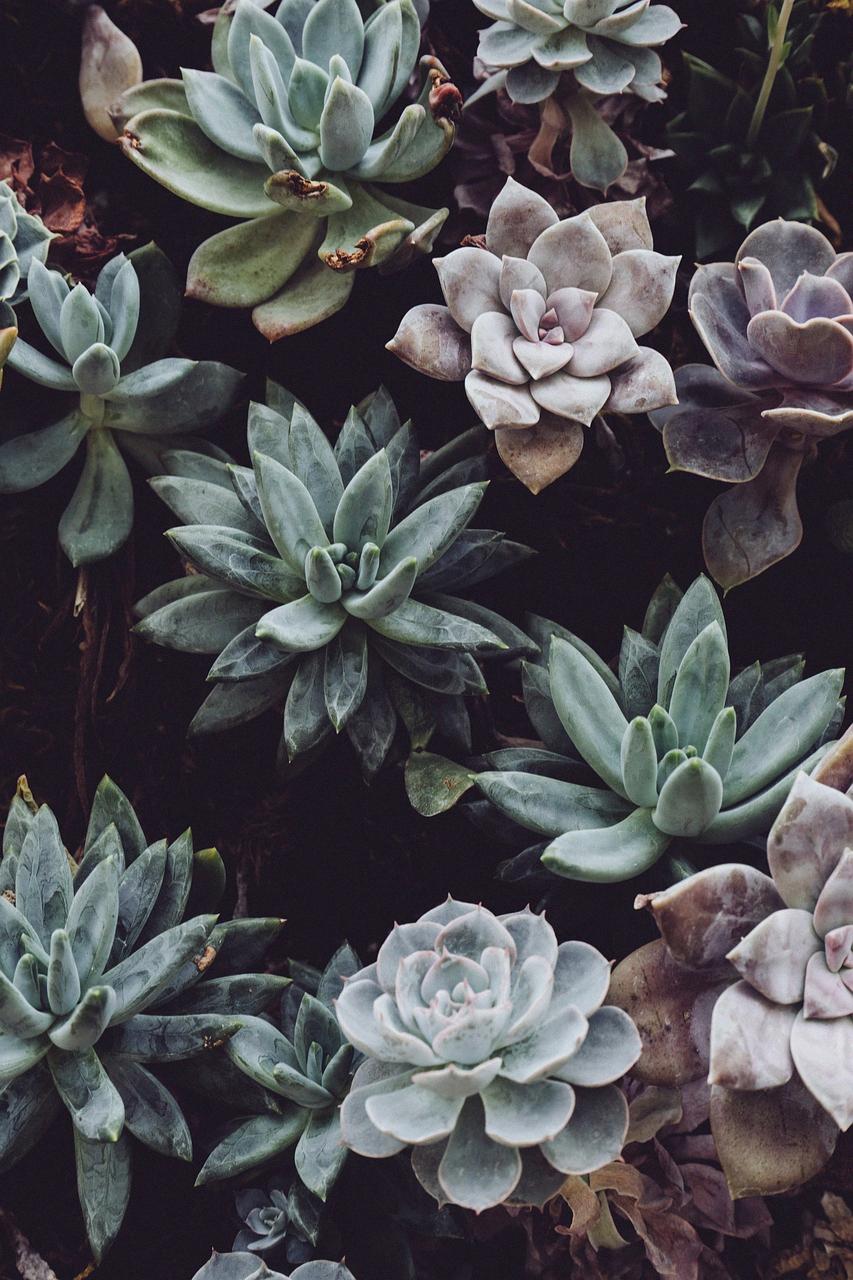When it comes to cultivating thriving succulent plants, selecting the right soil is the key to success. Succulents are known for their ability to store water in their fleshy leaves and stems, making them well-suited to arid conditions. To ensure that your succulents receive the optimal growing environment, it is crucial to choose a soil mix that provides excellent drainage and aeration.
1. Understanding the Needs of Succulents
Succulents thrive in well-draining soil that allows excess water to escape quickly, preventing root rot and other moisture-related issues. The ideal soil for succulents should be porous and lightweight, promoting air circulation around the roots and preventing waterlogged conditions.
2. The Benefits of Sandy Potting Mix
Sandy potting mix is a popular choice for growing succulents due to its excellent drainage properties. The coarse texture of sand helps prevent compaction and allows water to flow through the soil easily, reducing the risk of overwatering and root rot.
3. Alternatives to Sandy Soil Mix
If sandy soil is not readily available, you can use a combination of potting soil and coarse materials such as perlite or pumice to create a well-draining mix for your succulents. These additives improve soil structure and ensure proper moisture retention without becoming waterlogged.
4. Cactus Soil Mix: A Suitable Option
Another excellent choice for succulent cultivation is a specialized cactus soil mix, specifically formulated to meet the unique needs of desert plants like succulents and cacti. Cactus soil typically contains a blend of sand, perlite, and organic matter to provide optimal drainage and aeration.
5. DIY Succulent Soil Mix
If you prefer a hands-on approach, you can create your own custom succulent soil mix by combining equal parts of standard potting soil, coarse sand, and perlite. This DIY blend offers an affordable and effective solution for cultivating healthy succulents at home.
6. Factors to Consider When Choosing Succulent Soil
When selecting soil for your succulents, consider factors such as the plant’s water requirements, the climate in your region, and the type of succulent species you are growing. Tailoring the soil mix to meet the specific needs of your plants ensures optimal growth and overall health.
7. The Role of Aeration in Succulent Soil
Aeration is essential in succulent soil to prevent compaction and allow oxygen to reach the roots. Properly aerated soil promotes root development and nutrient absorption, supporting the overall well-being of your succulent plants.
8. Avoiding Common Pitfalls in Succulent Soil
Overwatering is a common mistake in succulent care that can lead to root rot and other issues. By using a well-draining soil mix and watering your succulents sparingly, you can prevent waterlogged conditions and ensure the longevity of your plants.
9. Repotting Succulents: When to Refresh the Soil
As succulents grow, their soil may become compacted or depleted of nutrients over time. Repotting your succulents every 1-2 years allows you to refresh the soil, inspect the root system, and promote healthy growth by providing a fresh growing medium.
10. Conclusion: Nurturing Succulents with the Right Soil Mix
In conclusion, choosing the right soil mix is crucial for the success of your succulent garden. Whether you opt for a sandy potting mix, a cactus soil blend, or a DIY soil mix, prioritize excellent drainage, aeration, and moisture control to create an optimal growing environment for your beloved succulent plants.

